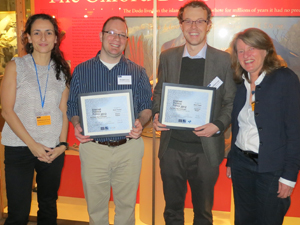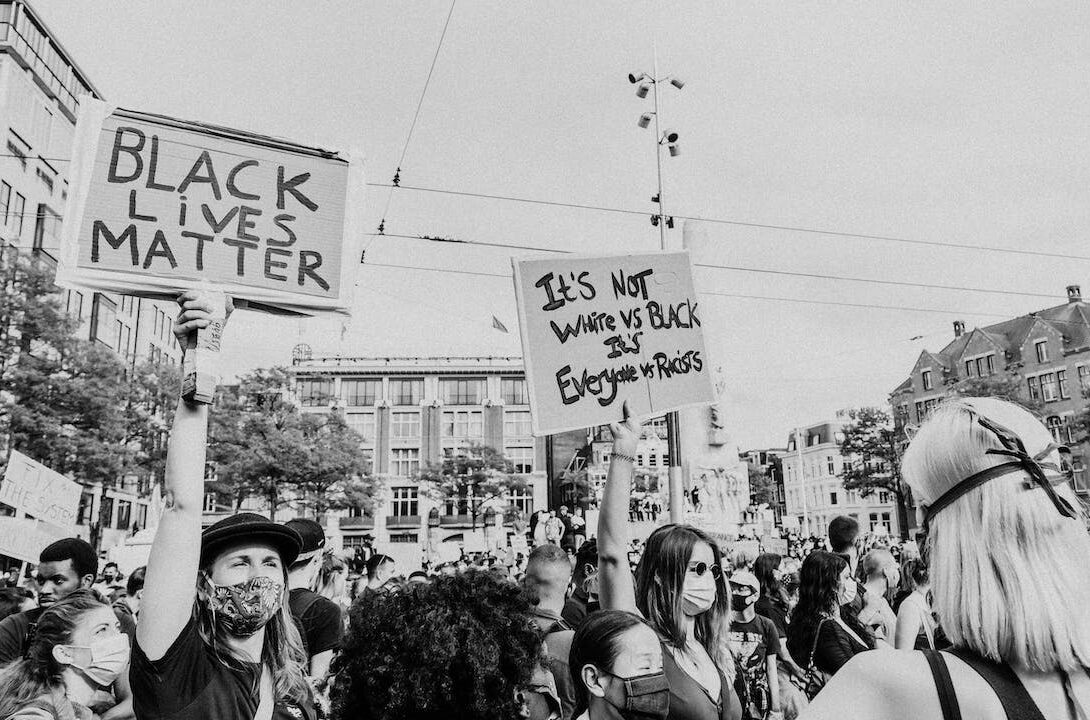Blog title
News
- Articles from Policy & Internet
- Books
- Call for Papers
- Child Safety
- Collective Action
- Conferences
- Democracy
- Development
- Economics
- Education
- Environment
- Ethics
- Governance & Security
- Health
- Interviews
- Mapping
- Methods
- Policy
- Politics & Government
- Publications
- Social Data Science
- Submissions Closed
- Tools
- Video
- Wellbeing
-

Uncovering the structure of online child exploitation networks
Despite large investments of law enforcement resources, online child exploitation is nowhere near under control,…
-

Searching for a “Plan B”: young adults’ strategies for finding information about emergency contraception online
While the Internet is a valuable source of information about sexual health for young adults,…
-

Understanding low and discontinued Internet use amongst young people in Britain
—
in EducationWhy do these people stop using the Internet given its prevalence and value in the…
-

The “IPP2012: Big Data, Big Challenges” conference explores the new research frontiers opened up by big data as well as its limitations
—
in ConferencesBig data generation and analysis requires expertise and skills which can be a particular challenge…
-

Preserving the digital record of major natural disasters: the CEISMIC Canterbury Earthquakes Digital Archive project
The Internet can be hugely useful to coordinate disaster relief efforts, or to help rebuild…
-

Slicing digital data: methodological challenges in computational social science
Small changes in individual actions can have large effects at the aggregate level; this opens…
-

eHealth: what is needed at the policy level? New special issue from Policy and Internet
—
Policymakers wishing to promote greater choice and control among health system users should take account…
-

Young people in transition are particularly at risk of being both socially and digitally excluded
—
in EducationDigital inclusion cannot be addressed without tackling social exclusion, for many of those who are…
-

Public policy responses to cybercrime: a new special issue from Policy and Internet
While ‘cybercrime’ can be used to describe a range of undesirable conduct facilitated by networked…
-

Personal data protection vs the digital economy? OII policy forum considers our digital footprints
The fact that data collection is now so routine and so extensive should make us…

